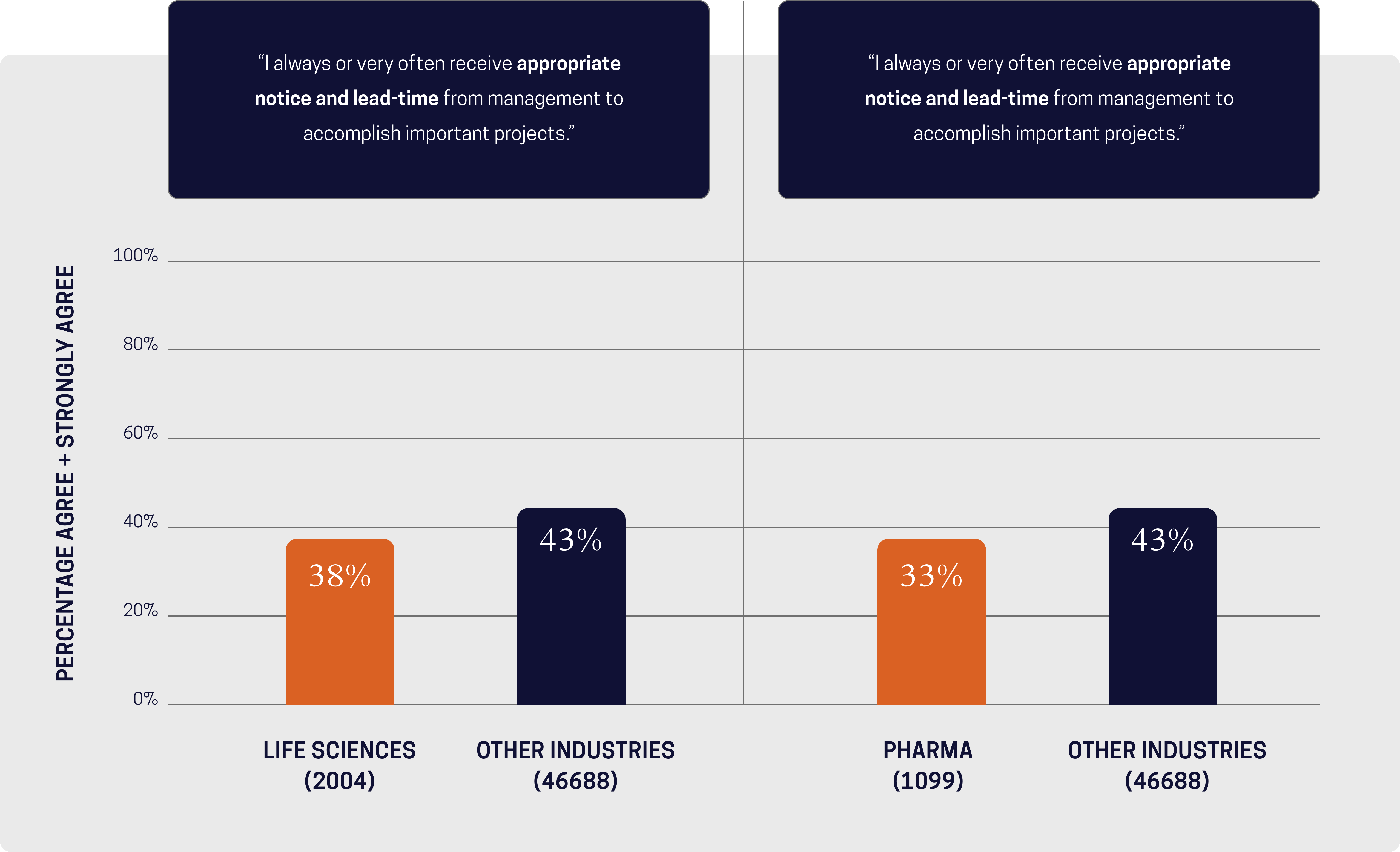Related Articles
Insights
It is Time for the Healthcare Ecosystem to Come Together as a Team of Teams
The healthcare industry has been the source of major developments over the past decades. Such improvements would be impossible without collaboration across a vast healthcare ecosystem. This medley of players is united in its focus on patient welfare but, in practice, tends to work towards this mission in silos – at best missing out on potential synergies, at worst failing to save lives in doing so. Healthcare will always be a team sport. But in addition to having independent high-functioning teams, it will take a functioning Team of Teams – within each healthcare organization and across the industry at large – to win in the future.
Insights
How to be a Great Team Leader?
What does it mean to be a Team of Teams®, and more importantly, what does it take to lead one? With such a radical operating model, a different approach to leadership is needed. Neither a command-and-control style or a laissez-faire style of leadership can successfully manage complex organizations. A Team of Teams® can only be led by a Gardener.










